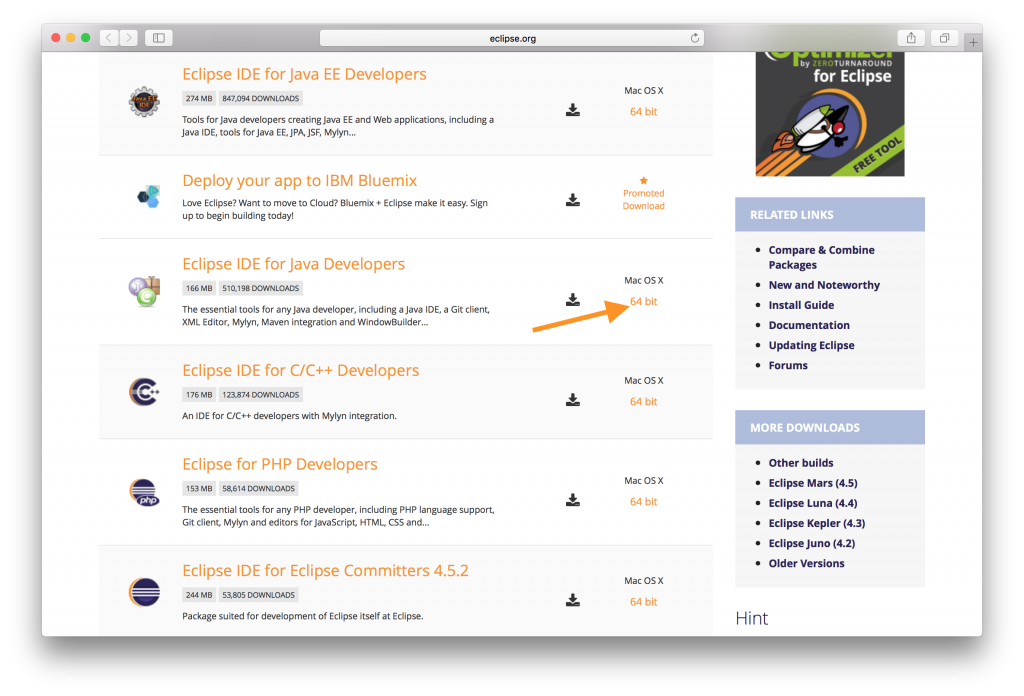

Visit below link to enable Java 9 support in your Eclipse IDE.2.1.2 Installing Plugins on Eclipse Juno 4.2 The users with Java 9 needs to enable the support of Java 9 in your Eclipse. Step 5 – Enable Java 9 Support to Eclipse Click this launcher to launch Eclipse IDE. Now search the Eclipse in GNOME search, You will find the icon as below screenshot. Ĭategories=GNOME Application Development vim /usr/share/applications/sktopĪdd the entry to file and save it. In this step simply create an sktop file on your system at below location. In this step create a desktop launcher for the Eclipse. The Eclipse IDE is accessible from the command line. Follow the next step to create an Eclipse desktop launcher. Type eclipse on command prompt to launch the Eclipse IDE. ln -s /usr/local/eclipse/eclipse /usr/bin/eclipse Simply create an eclipse binary symbolic link to make it accessible system-wide. tar -zxvf eclipse-jee-photon-R-linux-gtk-x86_64.tar.gz -C /usr/local/ After extract, a directory named eclipse will be created. It’s not a recommended location, you can change this location as you want. Extract the Eclipse archive file under /usr/local directory. I assume you have downloaded Eclipse source code (eclipse-jee-photon-R-linux-gtk-x86_64.tar.gz). You have other options available on download page. You can download required IDE from its official website.įor this tutorial, I have download Eclipse IDE for Java EE developers. Install Java 9 on CentOS, RHEL, and FedoraĮclipse IDE is available for Java EE developers, JAVA developers, PHP developer, C and C++ developers, JavaScript developers, and many other programmers.Install Java 8 on CentOS, RHEL, and Fedora.If you don’t have Java installed, Use below link for the JDK/JRE installation on your system. Make sure you have proper Java installed. Step 1 – PrerequisitesĮclipse required Java to be installed on your system. Let’s follow the tutorial to install Eclipse Oxygen 4.8 on Fedora 28,27,26,25 and CentOS 7,6. You can download Eclipse version required for your and the remaining steps are similar for all. In this how-to guide, we used Eclipse for Java EE developers. Eclipse is a powerful IDE for various programming languages.


 0 kommentar(er)
0 kommentar(er)
